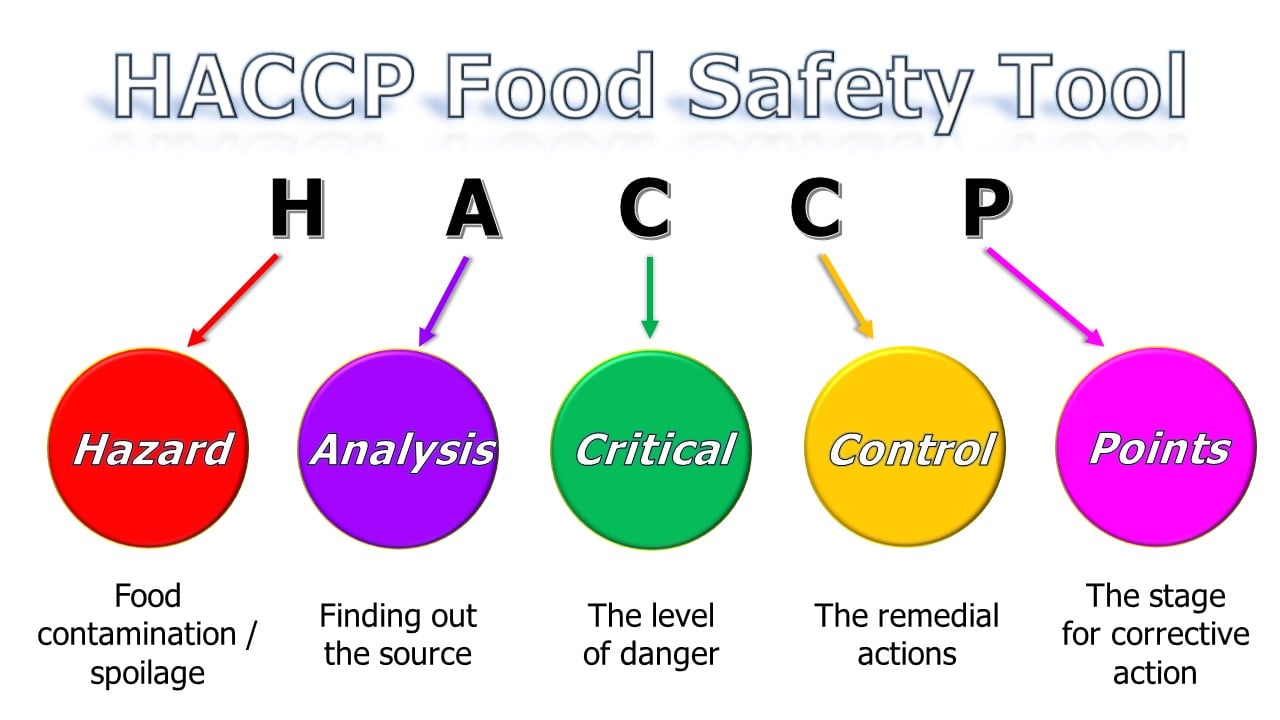When printing products for food packaging, low migration ink is required to comply with food safety standards.
Low migration ink limits or prevents migration of ink through the substrate to packaged food, making it safe for food-based packaging. Compliance can also depend on the type of ink used such as water based, UV and digital – depending on the substrate and thickness, and the laydown of ink.
Tips when using low migration inks
As products are for consumers, inks must not have direct contact with the product.
One of the biggest concerns for printers is set-off or the ink not drying. If this occurs, once the web is rewound, or stacked if sheeted, the surface that will be in contact with food now has ink on it causing contamination.
When using low migration inks, the ink tray, anilox, ink pump etc. must be clean with no contamination from other inks. If the ink is topped up with a non-low migration ink, the unit must be cleaned and ink replaced before re-starting the press. The roll should be clearly marked or cut out and thrown away.
It’s important to discuss your customers’ knowledge of their products and requirements with them. Another important consideration is if you’ll need an HACCP (explained more in detail below) or SGS compliance for printing and converting such products. This will require stating the technical specifications of the ink and what harmful products the ink may contain.
I recommend consulting your ink supplier – this is the best way to ensure you use the correct ink, adhesive, coating, and varnish for the job.
Potential migration factors
- Paper/substrate
- Types of inks and coatings
- Pressroom hygiene
- Pressroom environment
- Fountain solution (offset)
- Transport
- Carton storage
Migration at any of these points can cause odour and/or chemical contamination. To help prevent this; each part of the supply chain must be controlled.
Compliance
It’s also important to have your company in full compliance with the HACCP and SGS standards or any other applicable regulations. This can be very challenging, especially in older factories, as everything from the press to converting machines need to be spotless, as do the designated areas.
Maintenance reports need to be properly filled out and filed with calibration certificates, including your ink deliveries. All of this needs to be logged properly and recorded for audits in addition to having the right inks and performing QC testing, for instance in the form of random sampling.
If you decide to enter into the food packaging industry, these factors are critical. Packaging or even printing and converting paper cups requires SGS and HACCP compliance.
It’s highly recommended to get advice from a professional on what you need and what to set up. If you fail the first and second audit, you can lose your compliance.
HACCP stands for
- HAZARD
- ANALYSIS
- CRITICAL
- CONTROL
- POINTS

What is HACCP?
- A worldwide recognized systematic and preventative approach to food safety
- A management tool used to protect the food supply chain and production process against microbiological, chemical, and other physical hazards
- Science-based approach
- It specifies specific control hazards and establishes control systems that focus on prevention rather than relying on end production testing
HAZARD - A biological, chemical, or physical agent in or condition of food with the potential to cause adverse health effects
- The process of evaluating and collecting information and data on hazards and conditions to decide which are significant for food safety and then should be managed
Control - Take all necessary actions to ensure and maintain compliance with the established criteria
- Where correct procedures are being followed and criteria are being met
Critical Control Points - A step in which control can be applied and is essential to eliminate or prevent a food safety hazard or reduce it to an acceptable level
HAZARD IDENTIFICATION + CONTROL = PREVENTION
There are also other compliance measures such as Food Safety Management Systems (FSMS). This combines HACCAP and ISO 9001: - Provides security through the food production supply chain
- Focus is on FOOD SAFETY
- Standard: ISO 22000:2005
Along with this, Good manufacturing practices (GMP), Sanitation Control Procedures (SCP), Prerequisite Programs and Process Flows are necessary. You also need a designated HACCP team to deal with all these requirements.
It’s a stringent process, but when in place it’s an accomplishment that opens up options for new business opportunities.
Get in touch
There’s a lot more to know and learn about this topic, and I am not a specialist in this area. I’ve shared what I learned from training and experience from previous companies.
If you would like to know more and maybe move your company towards HACCP compliance, I strongly advise to contact appropriate experts in your area. HACCP is not just a one-time certification but includes an ongoing yearly audit.
If this snippet was helpful in any way please leave a comment, or if you have any suggestions or questions contact me anytime. You can reach me via LinkedIn or via email k.marsh@mps4u.com.
My other label printing snippets are available here.